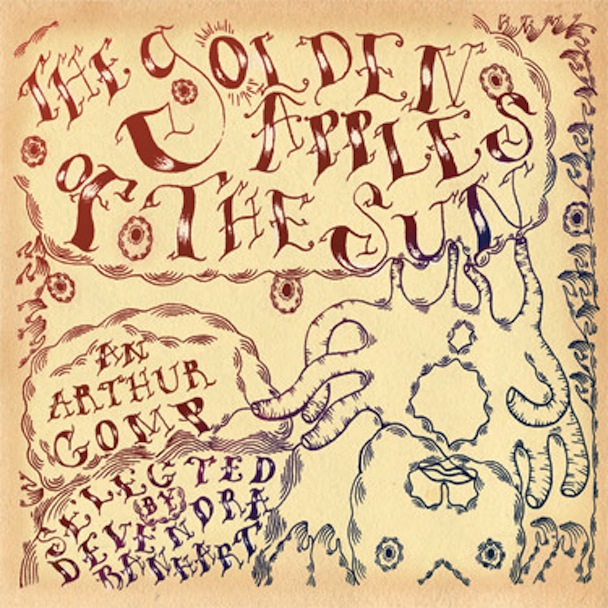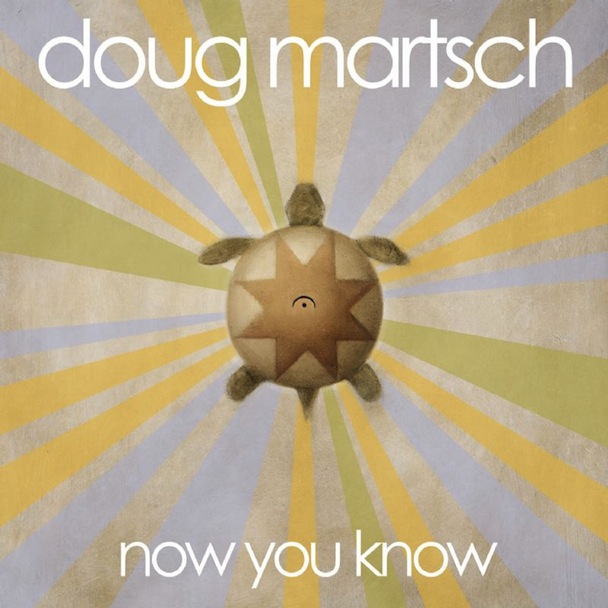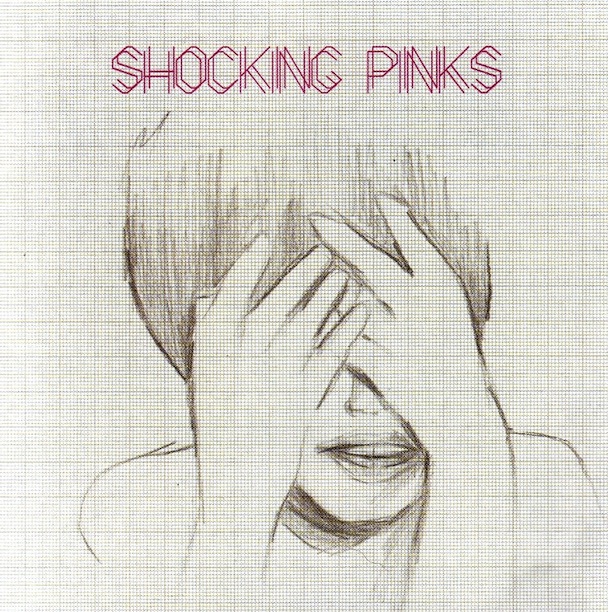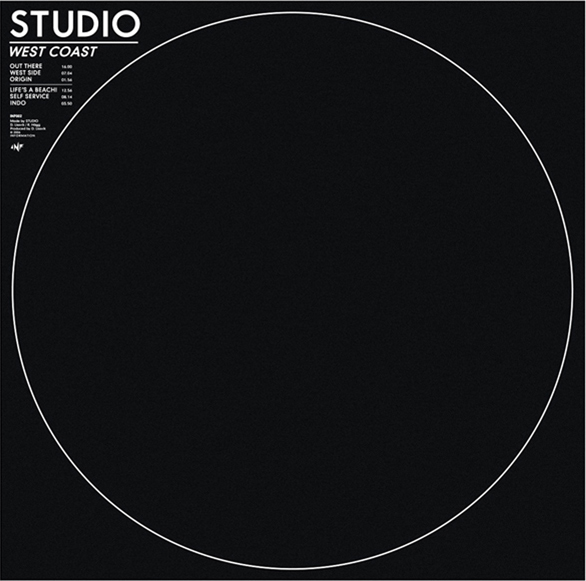Looking back, it's actually difficult to capture just how weird and momentous the freak folk movement of the first half of the 2000s felt. It wasn't cobbled together so much as it was a united front of weirdos that were obsessed with their own skewed vision of the past -- AM radio gold sat comfortably next to fingerpicked guitar next to noise freakouts that could have been culled from a vintage Grateful Dead live bootleg. If the Halo Benders captured the tossed-off heaviness of easy living through neurosis, the freak folk scene was about honesty and the abandonment of the dilemmas of modern life. The Golden Apples of the Sun compilation is an essential window into a very weird, very sincere musical world.
Compiled by Devendra Banhart -- the face (and voice) of the whole movement -- The Golden Apples of the Sun is one of those rare compilations that works as a document of a time period, the same way Brian Eno's No New York captured the city's hyper-contemporary saxophone skronk and yammer a few decades before. But where that compilation felt tight and tense, an insular look at a sound that wasn't designed to stick around, Golden Apples is massive and daunting and permanent. Banhart shows up here collaborating with Vashti Bunyan, a twee folk singer from the '70s who was largely forgotten until she was revealed as hero and collaborator for Banhart and Animal Collective as well as just about everyone else that makes an appearance on this compilation, whether they're vocal about it or not.
What's most notable about the compilation, though, is its range. Joanna Newsom, not yet Joanna Newsom: harpist that can sell out Carnegie Hall, use largely forgotten vocabulary and, in an ultimate pop culture move, get engaged to Andy Samberg even as her music exists fully out of time.
Newsom's "Bridges and Balloons," one of her best early songs, actually comes from 2004's The Milk Eyed Mender, an unsettling, plainly pretty record. "Bridges and Balloons" is simultaneously wise and wide-eyed. Newsom sounds completely in awe of the world around her even as she shows a deep understanding of it. Her influence, even this early on, was huge. At the end of college, driving up the California coast, I had the bizarre experience of sitting in the back of a car while two girls I barely knew sang along to "Bridges and Balloons," doing a pitch-perfect impression of Newsom's then-gnomey voice. I felt like I was riding in the car with a couple of fairy tales come to life. It was terrifying.
I don't want to discount "Bridges and Balloons" though. It's still as beautiful, unique and wise as the day it came it out. But I say it to illustrate that for a lot of people hitting their early 20s when this compilation came out, this was the first time folk music felt like our domain, and not something our parents kept relics of in the closet. We didn't yet know what to do with the music, but listening to Golden Apples, for me, felt like a blueprint for how to let go. Let go of rigid life. Do something different. Embrace the world. Eradicate cynicism. This was music that was meant to change our way of life, and for a little while it actually did, if you let it.
I embraced the aesthetics, but ultimately couldn't fully succumb. I grew my beard out big enough that it framed my face like it wasn't actually attached to the skin. Living in a small apartment in Prospect Heights, I lit a lot of incense and played Golden Apples on a pair of shitty computer speakers leftover from college that I'd somehow managed to cart back and forth across the country two separate times. At that point, most of the artists -- Iron and Wine, CocoRosie, Antony, Espers, White Magic, Entrance, Vetiver, the aforementioned Newsom and Banhart -- had been subsumed into the rest of the music world. Banhart would soon sign to a major label (it didn't go that well), Iron and Wine had already hit dorm room ubiquity, and White Magic's angled, thick piano music just felt even more arty and weird and dangerous.
For the brief period that I went for it with this sound, I hoped to get out of my head a bit. To embrace the nostalgia these artists had played with and subsequently jettisoned. I hoped to move beyond it with them, to piece together a massive collection of frayed folk to pass down to my unborn children. I didn't really do that. I was poor and, honestly, a lot of the albums that came from this scene were rambling and difficult to get through. The great ones are really great; the rest is worth a cursory listen. The Golden Apples of the Sun, though, is still essential -- a masterfully sequenced compilation that eases you into its world with Vetiver's sundappled "Angels' Share," and closes with Antony's autumnal, heartbreaking "The Lake." In between, industry stalwarts like Jack Rose and Little Wings provided context and a key link to what already existed.
Golden Apples was an introduction to a new-old sound, but it also re-colored what already existed. For just a minute, it seemed like I'd discovered a new way to be. Real life soon got in the way of that. Relationships and jobs and money and reality all imposed on the hushed utopia of The Golden Apples of the Sun, but listening to it now can still transport me right back to a time when simplicity felt like truth.






